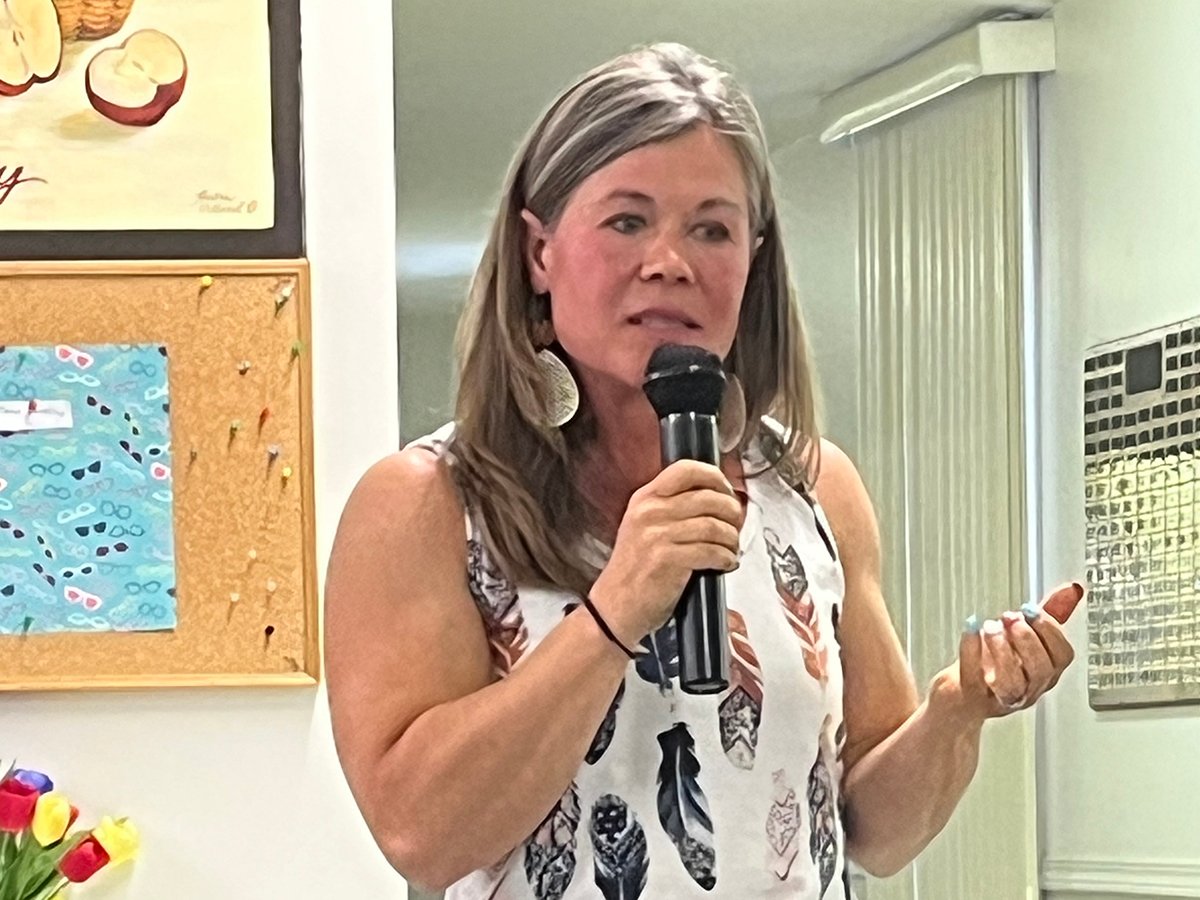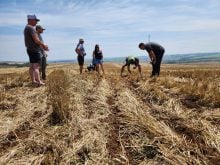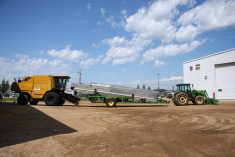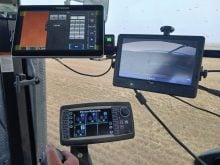Springfield, Illinois – Fifteen years into precision agriculture, the industry still can’t say precisely what it means.
Is it all about driving straighter? Is it about lower costs associated with input savings and reduced crop damage? What about yield monitoring? Is improved record keeping making life better for those who intensively manage?
Some might say it is about asset management or about managing nutrients through mapping and prescription creation.
For land managers, it might be about reducing erosion through enhanced topography management. For software and farm equipment companies, it’s their living.
Read Also

Petition launched over grazing lease controversy
Battle continues between the need for generation of tax revenue from irrigation and the preservation of native grasslands in southern Alberta rural municipality.
For the 650 agronomists, researchers, government officials, equipment and software companies and farmers attending Infoag in Springfield, Illinois, last week, it was for the above reasons and a few more.
“We have 15 years of data to work with and tens of thousands of acres of client land to look at”, said Matt Duncan of Tacoma, Ill., about a project analyzing the effectiveness of variable rate application.
There is a history of early adoption of variable rate fertilizer application in Illinois, where corn and soybean yields often top 240 and 60 bushels per acre respectively.
To reach those goals in corn, fertilizer bills of $250 to $500 per acre are typical depending on prices and the crop.
Variable rate application ideally begins with several years of yield data overlayed with maps of soil type, water and nutrient capacities and inventories, with the topography and local history providing insight into anomalies.
A prescription for rates of nutrients is then created and applied with assistance from a global positioning system to ensure that plants receive what they need to complete a targeted growth and yield cycle.
Duncan found average savings of about seven percent on input costs. He examined production data over 12 years and compared them to the averages of farms not using the technology.
“These were on fields that were managed to optimize the agronomy advice provided to them,” he said.
“Savings are easier to measure on inputs. Yield increases need to be compared to (other fields) that will have different histories and different practices going on,” he said.
The greatest increases were in the early years after adoption of the variable rate application of nutrients.
“We saw some fields that weren’t being fertilized to maximize their potential jump up 40 percent in yield right off the bat. Others that were getting the one-size-fits-all fertilizer application and it was sufficient, saw more modest gains that plateaued,” he said.
In 92 percent of cases, yield increases were found on the 7,200 acres examined.
In southern Illinois, farmer Roy Wendte has been using variable rate applications of fertilizer, mapping his yields and collecting soil samples and other field data for 15 years.
Wendte found benefits from a variety of precision agriculture elements. They include savings on seed, fertilizer and spray from reduced overlapping in the field, increased fertilizer efficiency and increased operator capacity with automated steering guidance.
Agronomy consultant Lance Murrell said that by using highly accurate and conservative crop modelling from the University of Nebraska, he has been able to analyze the benefits of variable rate applications and compare them to the farm.
“In most cases, it is economically profitable. When it isn’t, it’s usually a result of other factors that affect farming,” he said.
International agriculture business analyst Marc Vanacht of St. Louis said many producers have these applications and have given them up.
He said this happens out of frustration with equipment or software or failure to see significant results.
Damien Lapoutre operates Geosys in southern Minnesota, providing precision agriculture services around the world.
“Farmers can do this for four or five years and say well, it’s not what I thought, I wanted it to pay off bigger.
“But if you look at those that are following the best of agronomic practice, you will see they aren’t the ones that are leaving variable rate management,” he said.
“On larger farms, like in Western Canada and Australia, it makes a lot of sense on every level. And the costs are amortized over larger acreages. The returns, if they are modest, add up very quickly on larger acreages.”
Clyde Graham of the Canadian Fertilizer institute said prairie producers tend to underfertilize their crops, leaving unachieved yields on the table.
He said it can be hard for farmers to adjust from a tradition of having “a dollar value in mind for how much they want to apply.”
Dave Finlayson of the Canadian Fertilizer Institute said producers may be encouraged by government to adopt best management practices when it comes to nutrient management. This requires the kinds of record keeping that precision agriculture tools easily supply.
“There will be benefits not just for the crop, but for the business of farming. And it’s better to be able to say, ‘our industry already uses those (precision agriculture) tools and has made the kinds of changes you want to impose on us,’” he said.
Vanacht said the biggest agricultural operations around the globe are using these tools and building their own proprietary systems to fill in any gaps.
“They do the analysis of whether it works. It does, therefore they use it,” he said.














